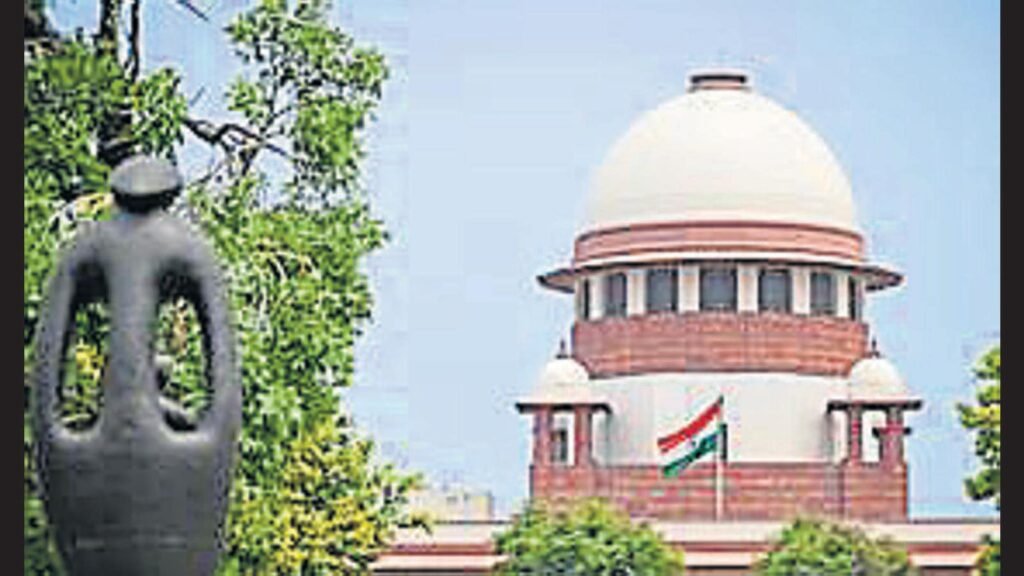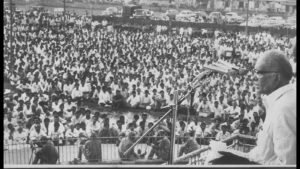
In a recent incident, members of a fringe right-wing outfit stormed into the rehearsal for the Miss Rishikesh pageant and objected to women contestants wearing “western clothes”, claiming it “polluted the culture of Uttarakhand”. This is not an outlier — it is part of a long history of using clothes to curtail women’s participation and access to public spaces.

Women’s bodies have long been, and continue to be, the site of policing and the imposition of collective morality. In India, clothes are not seen as mere self-expression but as symbols loaded with affective meaning. In some schools and colleges, the hijab is seen as antithetical to education; in temples, the lack of a head covering is read as immoral or westernised; In public spaces, short skirts or sleeveless tops are equated with promiscuity. One politician even compared women in “bad dresses” to Surpanakha from the Ramayana, whose punishment was to have her nose cut off.
Two problems arise when meaning is externally imposed on women’s clothing. First, clothing is essentialised to infer things about a person’s religion, caste, class, gender identity or sexuality. These inferences, born of stereotypes, reinforce harmful assumptions: Veiled women “threaten public order”; women in skirts “invite” assault; Pageant contestants “destroy” culture. Second, these assumptions translate into exclusion—women are denied access to schools, temples, workplaces, and public life, sometimes violently.
While the law often provides answers, it remains silent on the right to dress. Clothing restrictions are usually contested through other rights, such as religion, gender equality, or minority culture. However, there is no explicit legal protection for dressing choices as such. Can a woman’s choice to wear something non-religious or non-cultural, like a humble T-shirt and pants (at the center of controversy in Uttarakhand), be protected under Indian law? One viable route lies in Article 19(1)(a) of the Constitution — the right to freedom of speech and expression.
Article 19(1)(a) protects expression through words, art, or gestures, but courts have rarely extended this to dress. A notable exception is Aishat Shifa v. State of Karnataka (2022), where the Supreme Court considered the ban on hijabs in educational institutions. The split verdict saw Justice Sudhanshu Dhulia hold that wearing the hijab was protected expression, while Justice Hemant Gupta disagreed, stating that uniform codes amounted to a reasonable restriction. The issue awaits a larger bench’s consideration.
Locating dress within the right to expression has clear advantages. This approach does not depend on any religious or cultural claim, and all forms of clothing can be protected simply as self-expression. Once it is established that the dress is a form of expression by the wearer, any restriction must satisfy the “reasonable restrictions” test under Article 19(2). This requires justification on grounds such as national security, public order, etc. The recent Supreme Court decision in Kaushal Kishor v. State of UP (2023) strengthens this by allowing Article 19 rights to be enforced against private parties. This could be an extremely useful tool for women, for whom unreasonable restrictions may follow from the classroom to the boardroom and into the prayer room.
Clothes are often windows into the self and if the self has to exist with dignity, autonomy and agency, the right to dress per one’s self-expression will have to be fiercely safeguarded, thread-by-thread, and stitch-by-stitch.
Jwalika Balaji is research fellow, Vidhi Center for Legal Policy. The views expressed are personal





